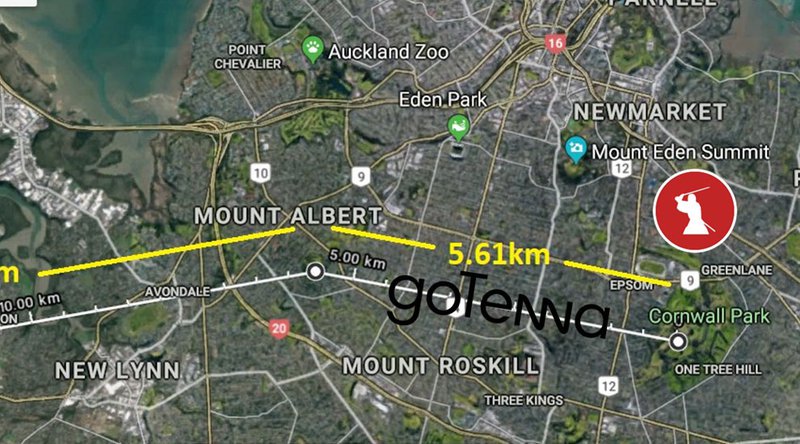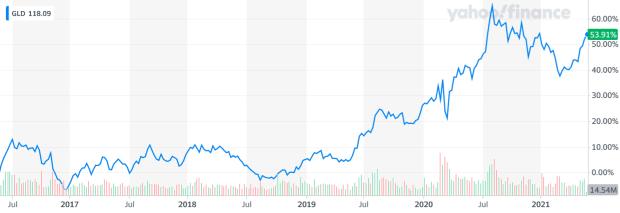NYAG: Tether Served Clients in NY, Setting Stage for Further Investigation
The New York Attorney General (NYAG) has been unrelenting in its legal pursuit of Bitfinex and Tether, and after dropping another stack of court documents on the New York Supreme Court, it’s closing in.
New evidence from the NYAG’s investigation shows that Bitfinex has been serving New York clients — some average Joes, some as high-profile as Mike Novogratz — for the past two years. The NYAG further argues that Bitfinex’s LEO token sale, as a securities offering, lends the office legal permission to conduct a more thorough investigation.
Latest Round of Docs
This latest filing, a response to Bitfinex/Tether’s second motion to dismiss the ongoing case, argues, as ever, that the NYAG has full jurisdiction to bring the exchange-stablecoin conglomerate under greater scrutiny with a more thorough investigation. Bitfinex/Tether has argued that the NYAG has no grounds to pursue legal action because they stopped serving U.S. customers in January 2017, but their New York State opponents have fresh evidence to the contrary — which could be the final legal hook to tie this dispute to the New York court system.
Bitfinex/Tether and the NYAG began their legal tangle in April of this year, when the NYAG filed a petition ordering the joint business to halt operations following its discovery that Bitfinex had established a $900 million line of credit with Tether, including debiting $625 million from its reserves. This action was the consequence of Bitfinex’s banking stand-in, Crypto Capital, absconding with $851 million of Bitfinex’s mixed client and business funds.
The legal pressure Bitfinex/Tether faces is the culmination of the NYAG’s year-long investigation into the exchange-stablecoin’s crypto empire. As the proceedings ensue, Bitfinex/Tether have staved off more serious legal action, and the NYAG appears to have grown weary of them delaying what it sees as the inevitable.
“The Office of the Attorney General (‘OAG’) has now twice demonstrated that its investigation into Respondents’ practices is appropriate under the Martin Act,” the latest document from the NYAG opens. The Martin Act refers to a New York law that gives the Attorney General vast (and perhaps questionably unchecked) powers to investigate securities fraud.
In response to Bitfinex/Tether’s insistence that USDT isn’t a security or a commodity, the NYAG writes, “The Court of Appeals has squarely held that there is no basis to stop an ongoing investigation brought in good faith under the Martin Act.
“Because the materials sought by the OAG have a reasonable relationship to the subject matter under investigation, the OAG insists it must be allowed to proceed without further delay. That should be the end of the Court’s inquiry on this motion, including on the questions of ‘extraterritoriality’ and whether tethers are securities.”
“Extraterritoriality” and Jurisdiction
The problem of “extraterritoriality,” it continues, should be a non-issue because Bitfinex/Tether “have extensive and consistent contacts to New York.”
Indeed, Bitfinex/Tether dealt with large investors in New York, including Mike Novogratz’s Galaxy Digital fund, and banked with several New York–based banks (namely, Signature, Noble and Metropolitan) to serve these investors. The NYAG submitted proof of these relationships in a stack of 28 court exhibits, one of which lists Bitfinex’s extensive New York clientele. In the document, the NYAG also claims that Bitfinex/Tether “loaned tethers to at least one New York–based trading firm,” but it fails to specify how much or provide evidence in the exhibits to explicate this assertion.
Tether onboarded Galaxy Digital at the end of 2018, and user registration information for Bitfinex dates its newest New York members to May 2019. What’s more, Phil Potter, Bitfinex’s CEO, “resided in and conducted his work from New York” between 2014 and 2018. Exhibits submitted to the court documenting this information with email/text correspondence and legal documents effectively blow a hole in Bitfinex’s defense that “[its] Companies do not advertise or market to individuals or entities in the United States or New York.” The NYAG even says it has on-camera evidence to the contrary.
“There are a host of other connections to the state, several of which have been set forth in further detail in the accompanying Affirmation. Any one of them, standing alone, would suffice to establish the Court’s jurisdiction,” the document reads.
LEO Tokens: “Every Indicia of a Securities Issuance”
Moreover, the NYAG is going after Bitfinex’s $1 billion LEO token sale and the exchange’s “continued [ability] to draw in extraordinary sums from investors,” despite claiming that the “proceeding is highly disruptive to their business.” The LEO initial exchange offering, which Bitfinex launched in a bid to revitalize its finances following the fallout of the Crypto Capital mess, is a security offering in the eyes of the NYAG.
“[Bitfinex’s] recent ‘initial exchange offering,’ for instance, has every indicia of a securities issuance subject to the Martin Act, and there is reason to believe that the issuance is related to the matters under investigation.”
The NYAG argues that the LEO token sale was prompted by a court injunction barring Bitfinex from drawing on Tether’s cash reserves to stimulate additional cash flow. Moreover, Bitfinex’s promise to buy back LEO from holders at a rate of 27 percent of the gross revenue from Bitfinex resembles a dividend of sorts. Questions remain, the NYAG contends, as to whether or not Bitfinex has any leads on where the Crypto Capital money went. It’s also curious as to how the LEO sale, a fundraising gimmick, will also pay back Bitfinex’s $900 million line of credit with tether and replenish the hundreds of millions of dollars lost to Crypto Capital.
If the NYAG has its way and the court once and for all denies Bitfinex/Tether’s motion for dismissal, then the authority might get its answers, including the materials called for in its original order that would dig to the core of Tether’s issuance and Bitfinex’s businesses practices.
The post NYAG: Tether Served Clients in NY, Setting Stage for Further Investigation appeared first on Bitcoin Magazine.









